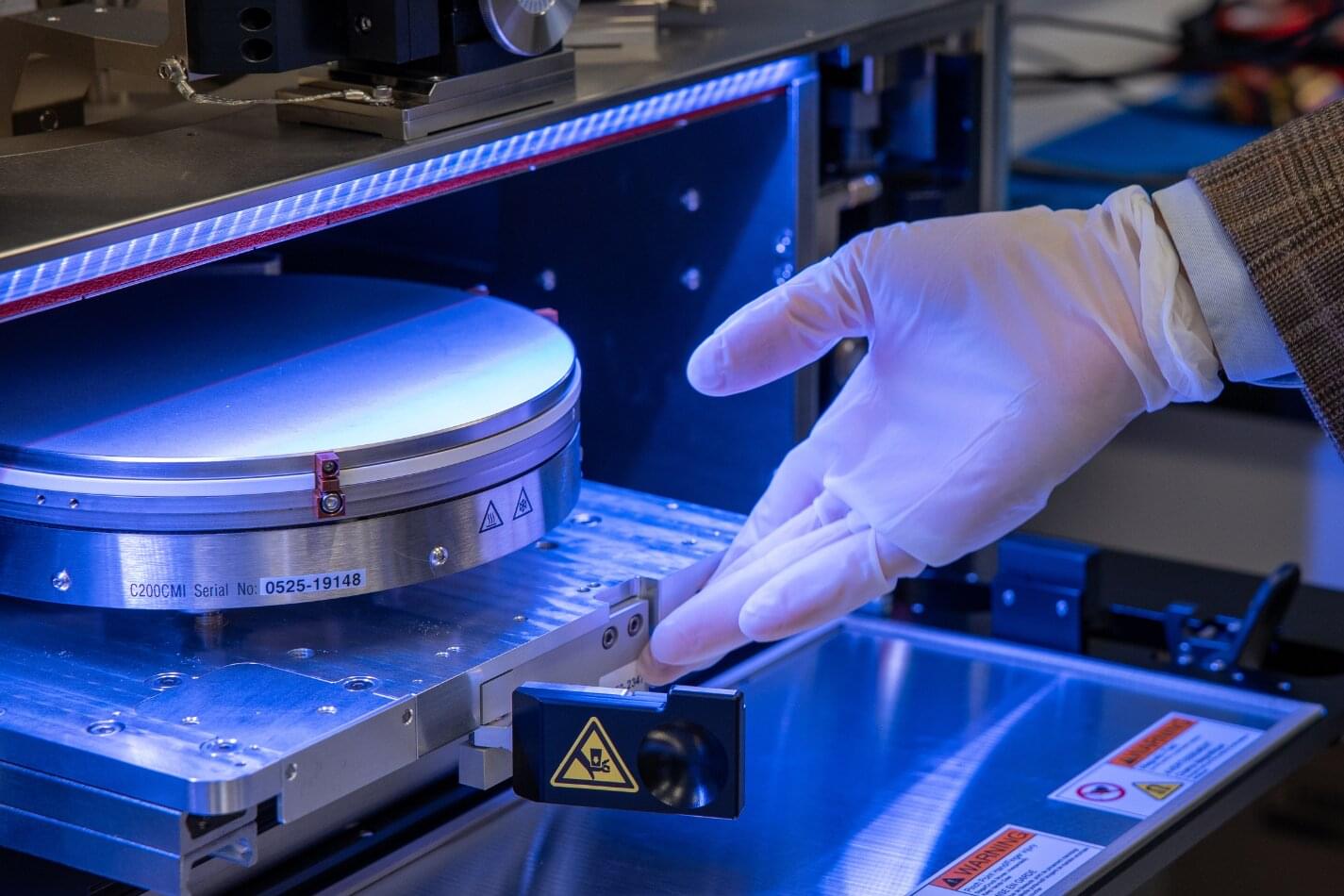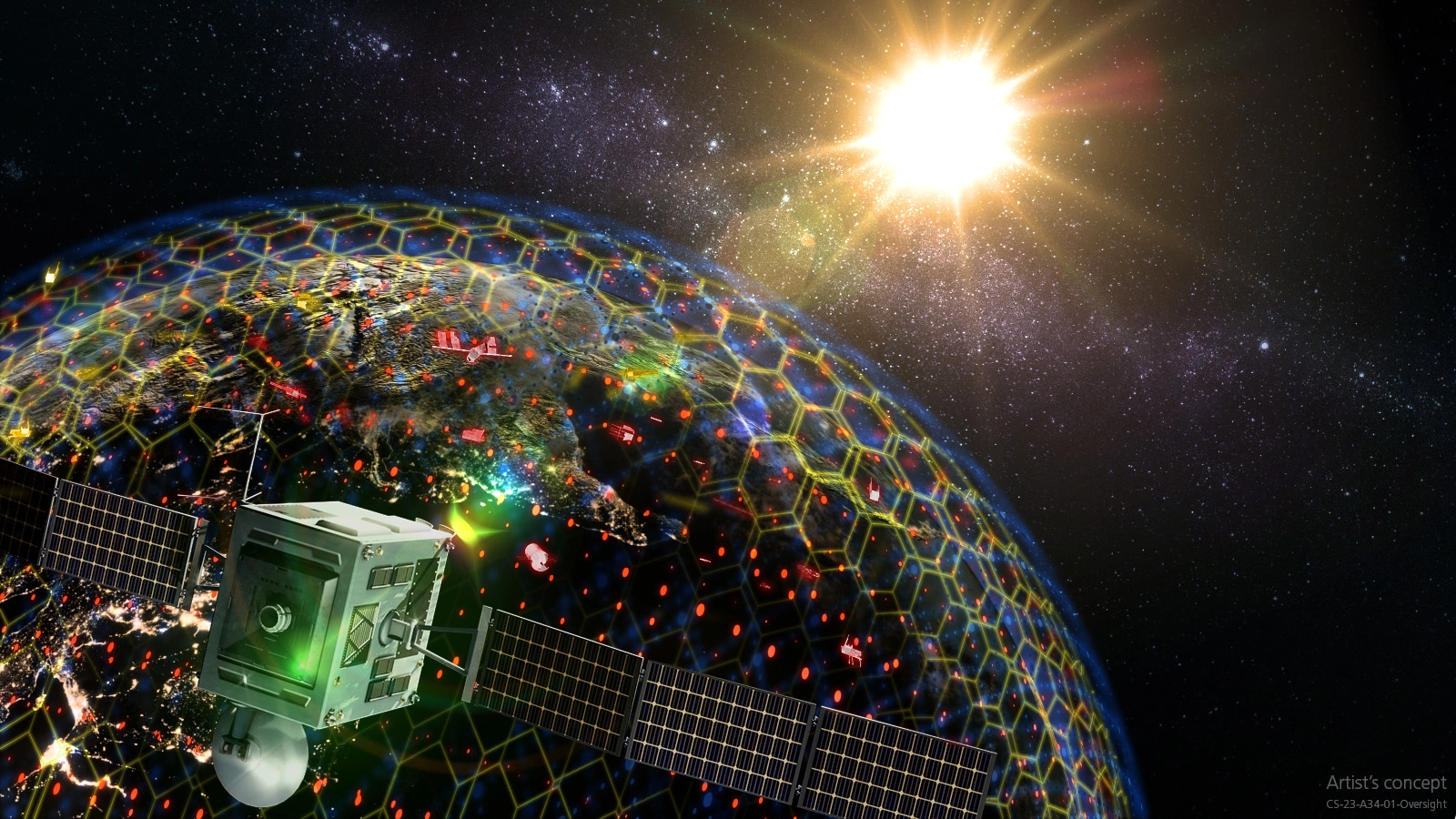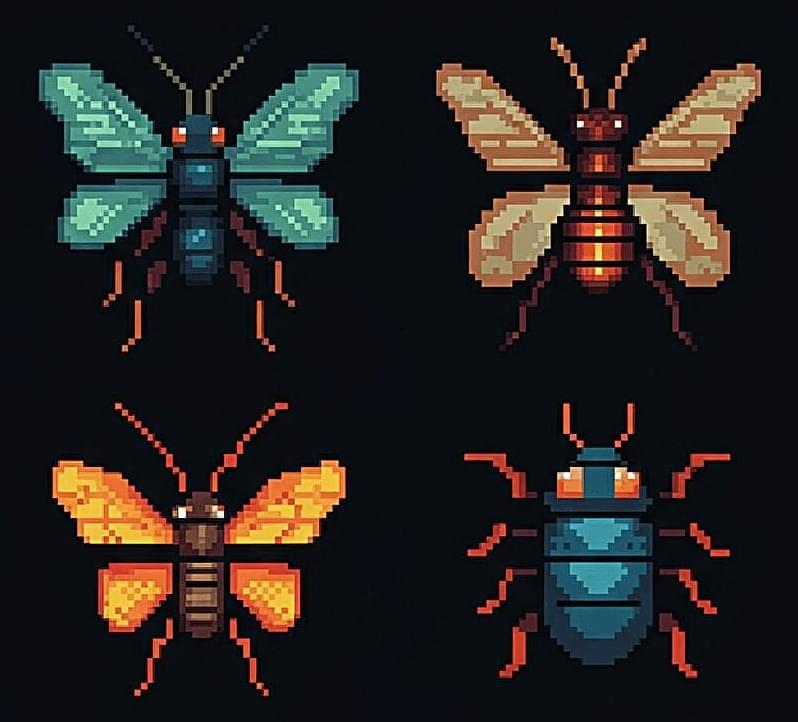This AI chip doesn’t use electricity to compute — it uses light.
FlexiSpot is having mega sales now! Use my code “CODEOLENCES” to get EXTRA $30 off on the E7 Pro standing desk! If you’re shopping on a budget, the FlexiSpot premium E7 is a great option. It would be greatly appreciated if you could leave a note saying “Codeolences” at checkout. FlexiSpot E7 Pro standing desk:
USA: https://bit.ly/497nWv1
CAN: https://bit.ly/4iTaKNO
▀▀▀
Engineers at the University of Pennsylvania have built a photonic neural network capable of classifying nearly 2 billion images per second, operating at speeds millions of times faster than today’s electronic computer vision systems.
In this video, we explore how photonic neural networks work, why traditional image recognition is so computationally expensive, and how light-based hardware could overcome fundamental limits of GPUs and silicon. We go over how convolution layers, weighted sums, and activation functions are implemented directly on a photonic chip — without memory, clock cycles, or digital logic.
⚛️⚛️⚛️







